Freshwater Systems
-
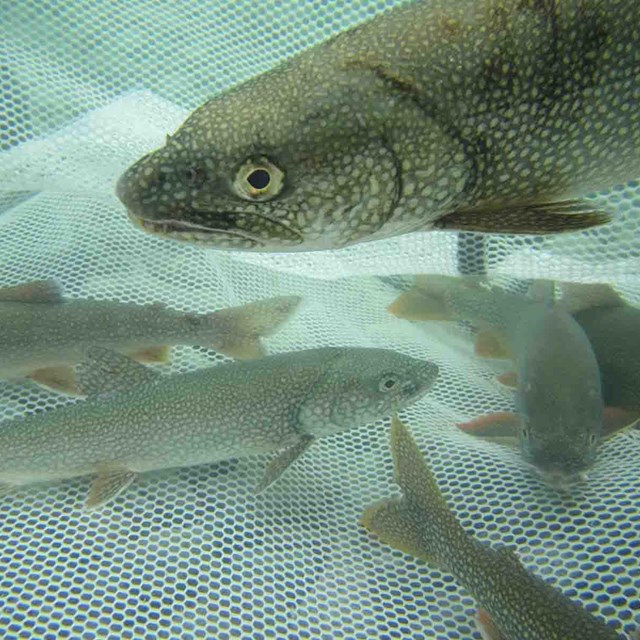 Freshwater Contaminants
Freshwater ContaminantsTo understand freshwater contaminants, we monitor mercury levels in resident, non-migratory lake fish.
-
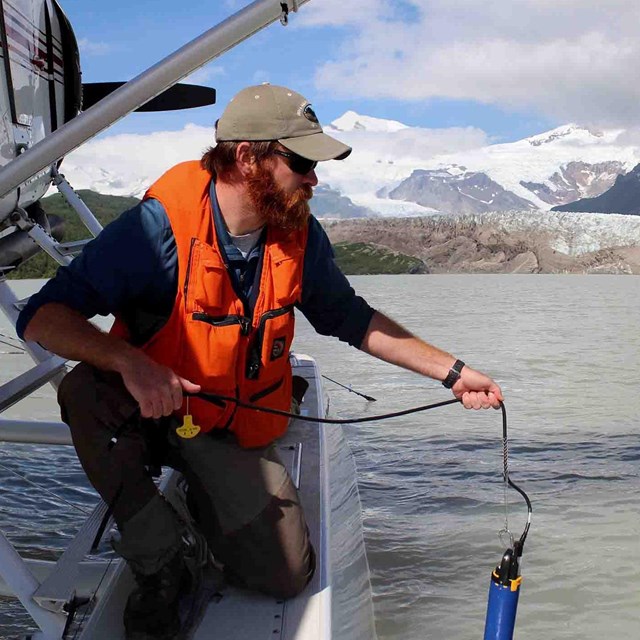 Water Quality
Water QualityWater quality is an indicator of aquatic and terrestrial ecosystem health in Southwest Alaska.
-
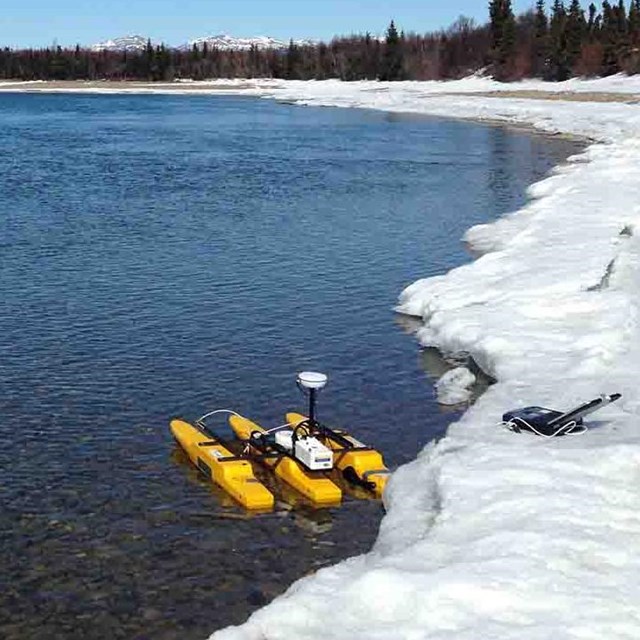 Water Quantity
Water QuantityLake levels affect how water integrates energy, nutrients, and pollutants from the landscape and atmosphere.
-
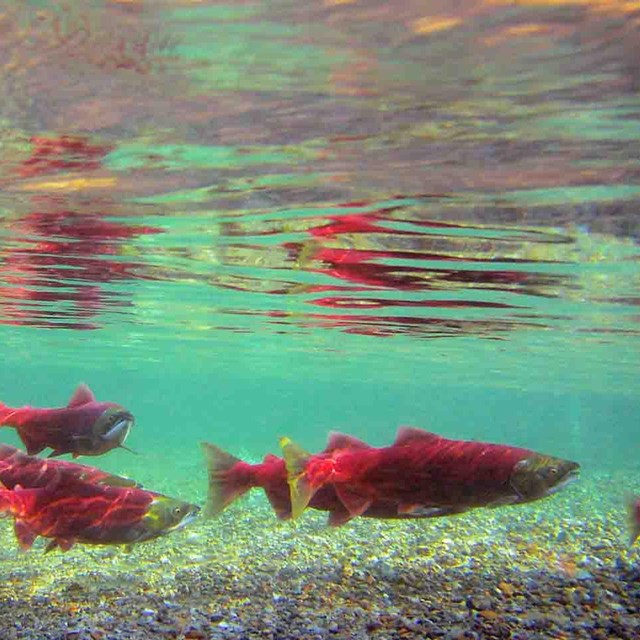 Salmon
SalmonEach year, millions of sockeye salmon return to Bristol Bay, infusing life into the culture, economy, and ecosystem at large.
Nearshore Marine Systems
-
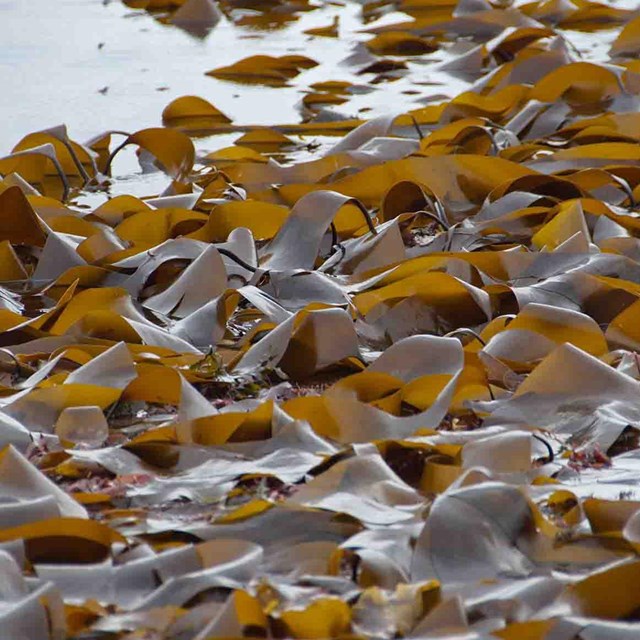 Kelp and Eelgrass
Kelp and EelgrassKelps and eelgrasses provide understory and ground cover for planktivorous fish, clams, and urchins.
-
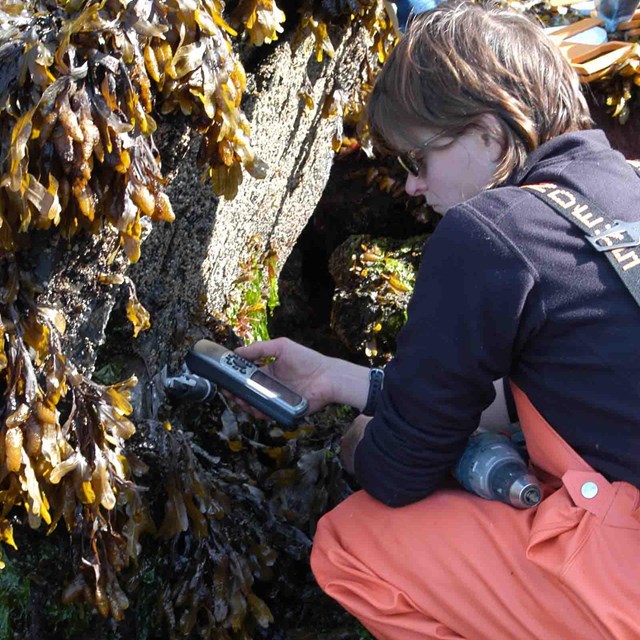 Marine Water Chemistry
Marine Water ChemistryMarine water chemistry, including temperature and salinity, are critical to intertidal fauna and flora.
-
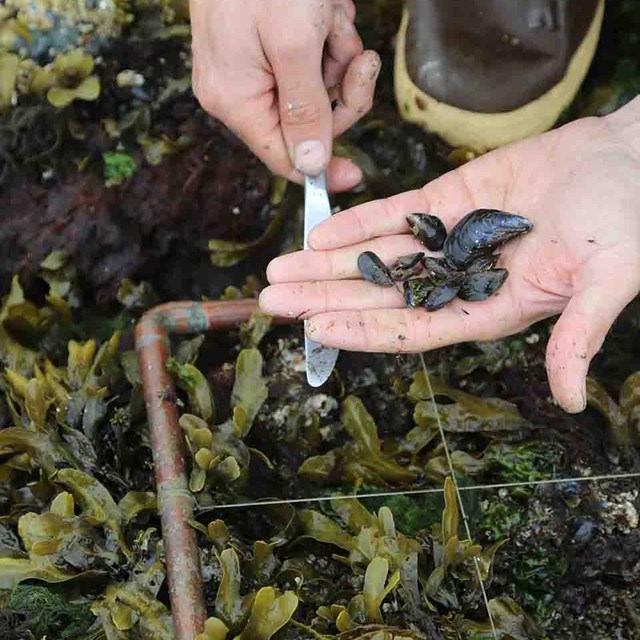 Marine Intertidal Invertebrates
Marine Intertidal InvertebratesIntertidal marine invertebrates are a food source for seabirds, marine mammals, and terrestrial carnivores, such as bears.
-
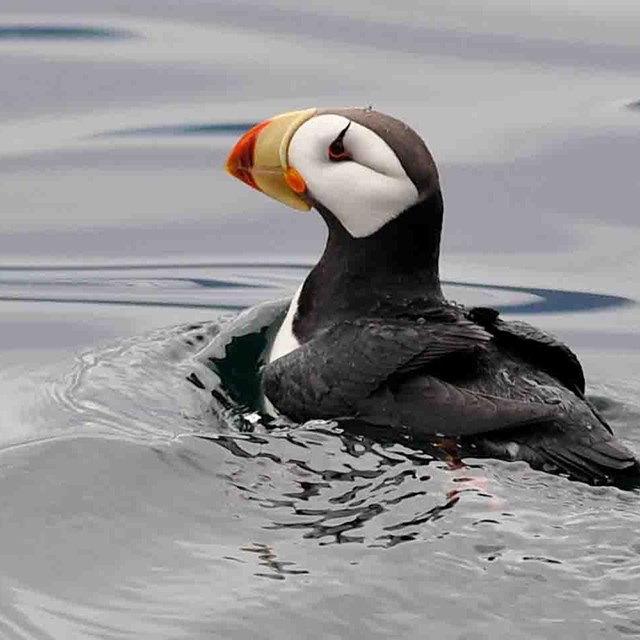 Marine Birds
Marine BirdsMarine birds are top-level consumers of marine invertebrates such as mussels, clams, snails, limpets, and forage fish.
-
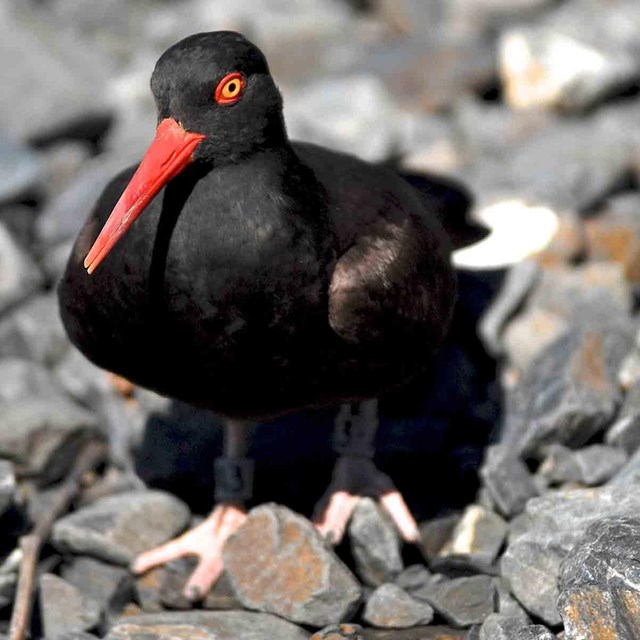 Black Oystercatchers
Black OystercatchersBlack Oystercatchers provide a unique opportunity to view the nearshore zone from the perspective of an avian predator.
-
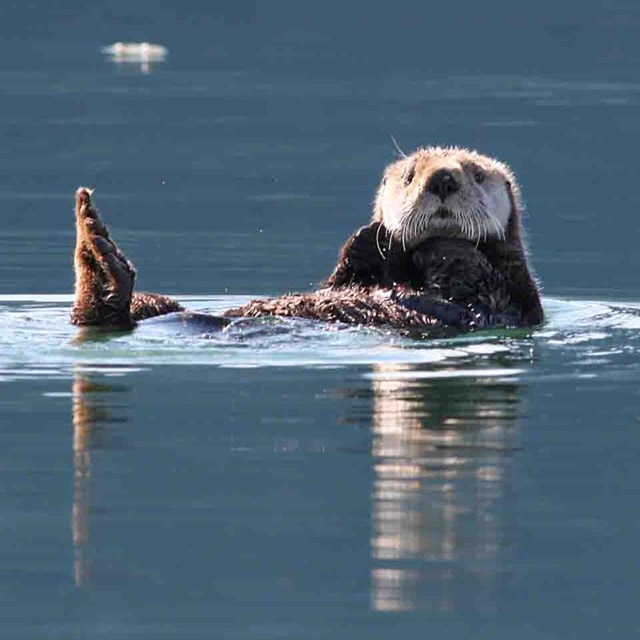 Sea Otters
Sea OttersSea otters can dramatically affect the structure and complexity of their environment.
Terrestrial Systems
-
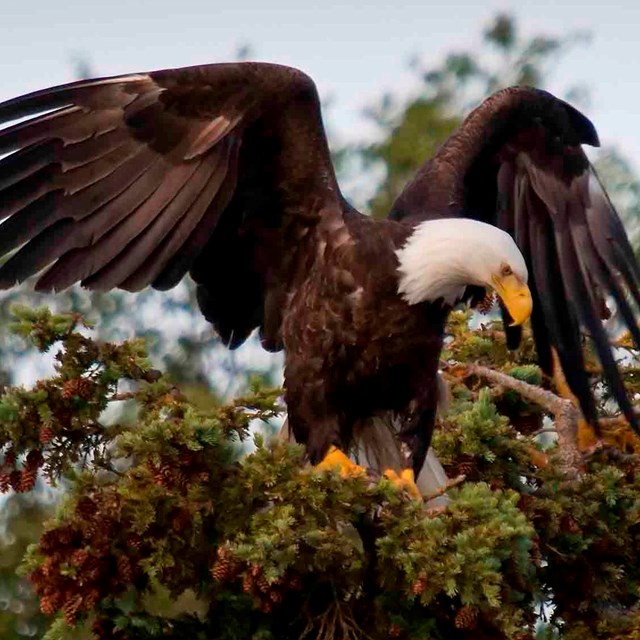 Bald Eagles
Bald EaglesSouthwest Alaska parks support large populations of Bald Eagles.
-
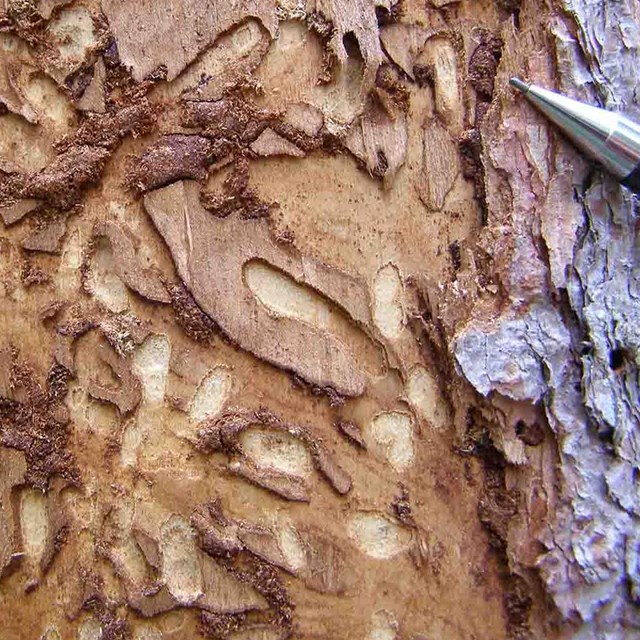 Insect Outbreaks
Insect OutbreaksA warmer climate is known to facilitate the growth of spruce beetle and spruce aphid populations.
-
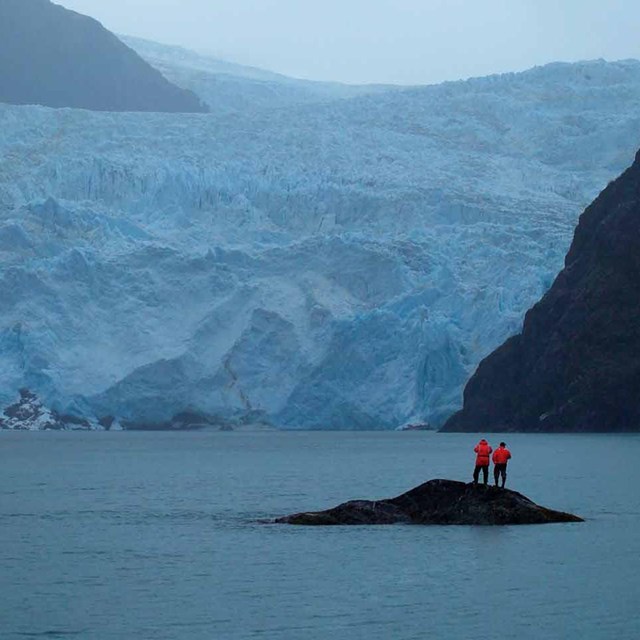 Glacial Extent
Glacial ExtentGlaciers currently cover approximately one-eighth of Southwest Alaska parks.
-
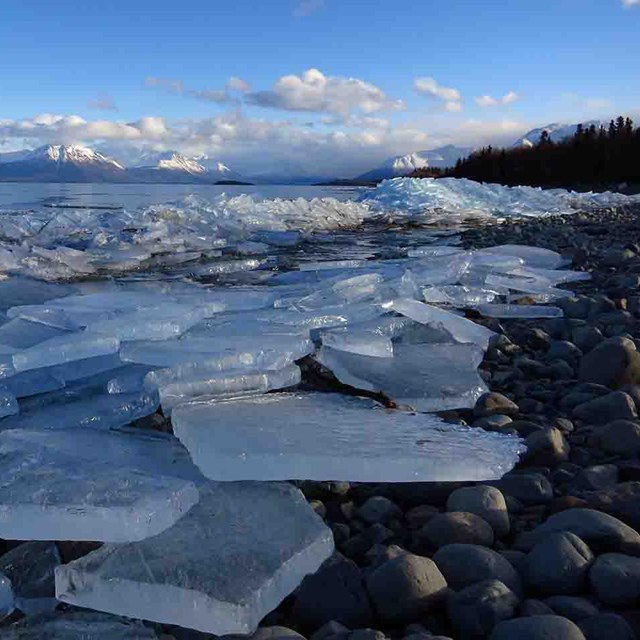 Seasonal Processes
Seasonal ProcessesSeasonal processes are natural cycles such as lake ice formation and breakup or snowpack accumulation and melt.
-
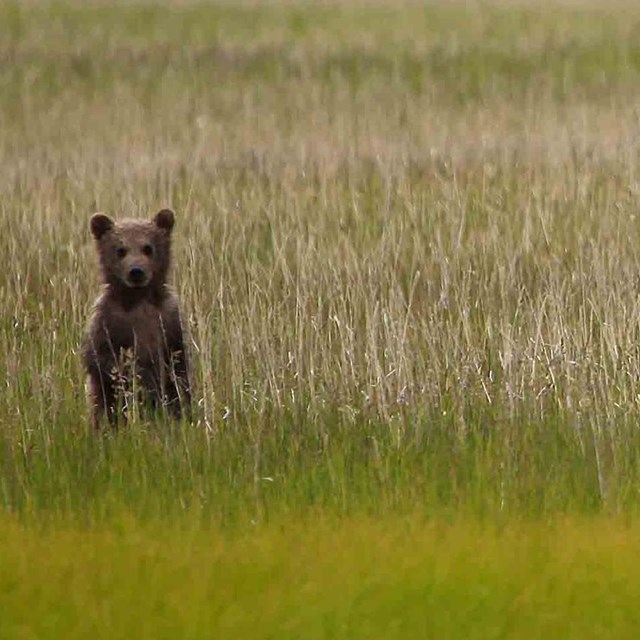 Sensitive Plant Communities
Sensitive Plant CommunitiesSalt marshes are important habitat to many species and are sensitive to environmental changes.
-
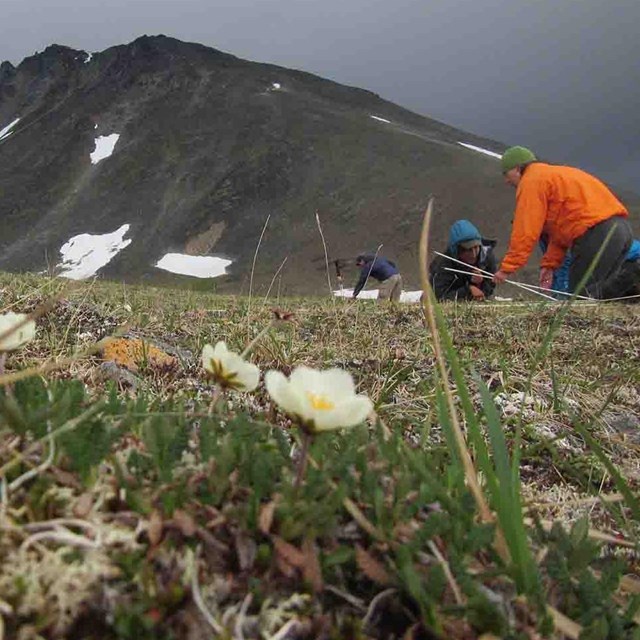 Vegetation Composition and Structure
Vegetation Composition and StructureVegetation drives ecosystem productivity, provides habitat and forage for wildlife, and food and materials for subsistence.
-
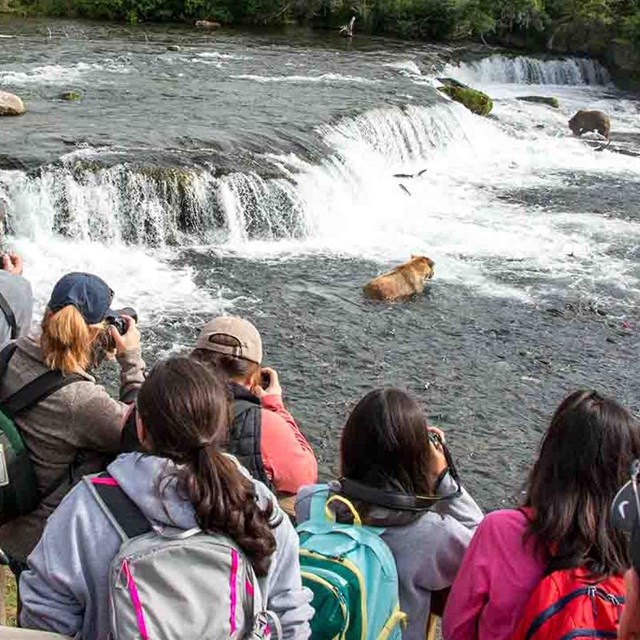 Visitor Use
Visitor UseIdentifying where visitors go in our parks and what they do helps us maintain excellent visitor experiences and protect natural resources.
Weather, Climate, & Air Quality
-
 Weather and Climate
Weather and ClimateWeather and climate are key physical drivers of ecosystem structure and function.
-
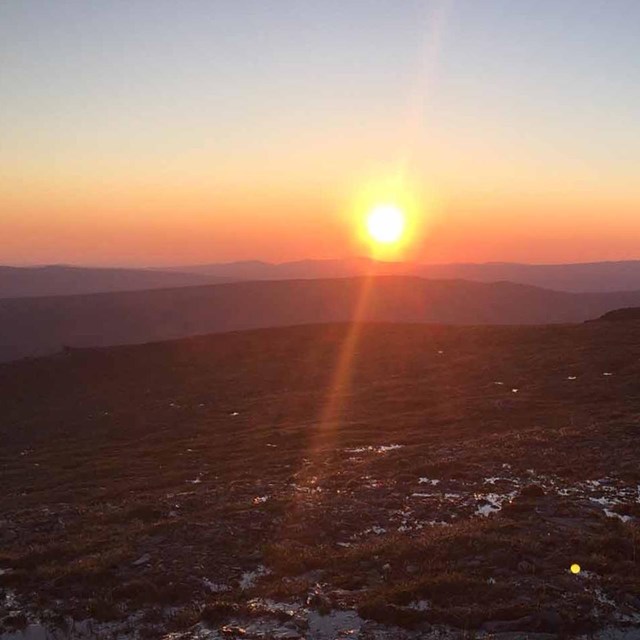 Air Quality
Air QualityThe air quality monitoring program has three primary components: visibility, atmospheric deposition, and gaseous pollutant monitoring.
Vital Signs On Hold
-
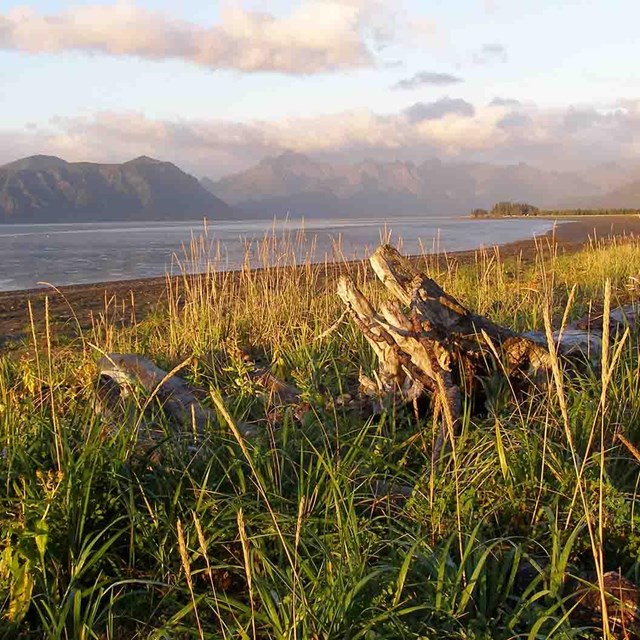 Geomorphic Coastal Change
Geomorphic Coastal ChangeChanges in shoreline geomorphology affect coastal and nearshore habitats and the species that depend on them.
-
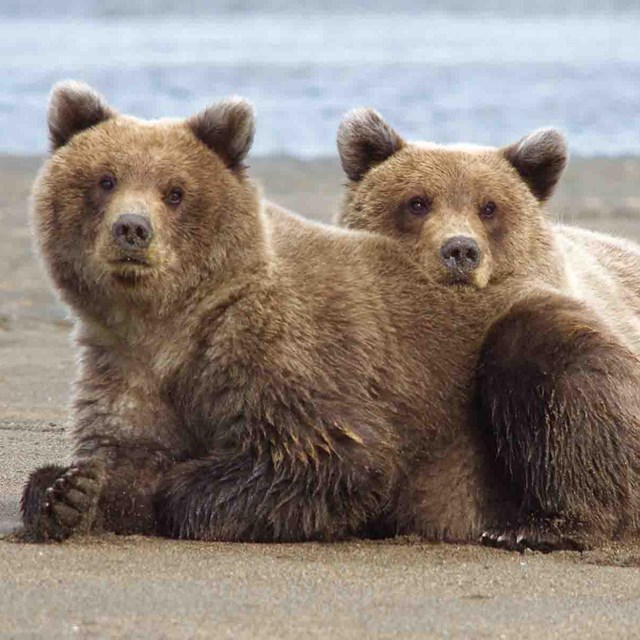 Brown Bears
Brown BearsBrown bears play an important ecological role as top predators influencing population dynamics of other species.
-
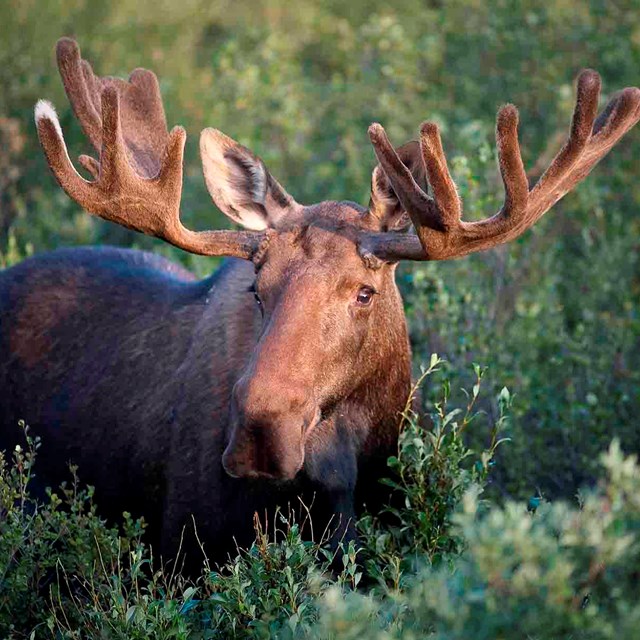 Moose
MooseMoose are an important subsistence and cultural resource to local Native Alaskans.
-
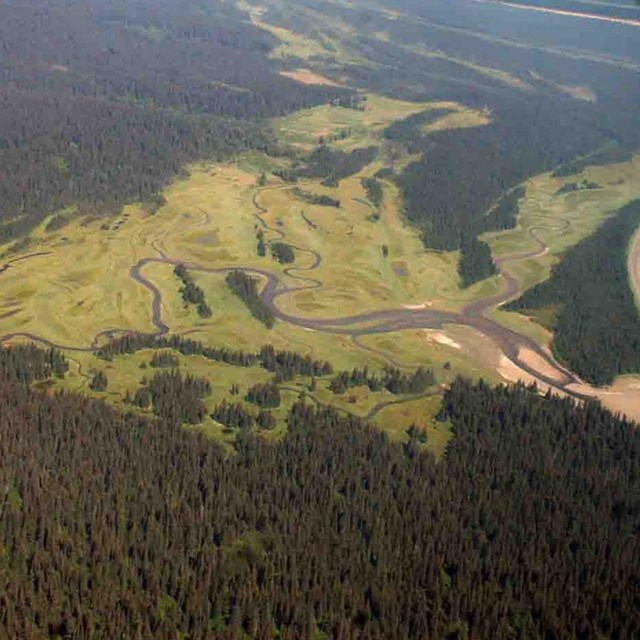 Land Cover Change
Land Cover ChangeLand cover change examines biophysical patterns on the landscape and how they change over time.
Last updated: May 3, 2018
